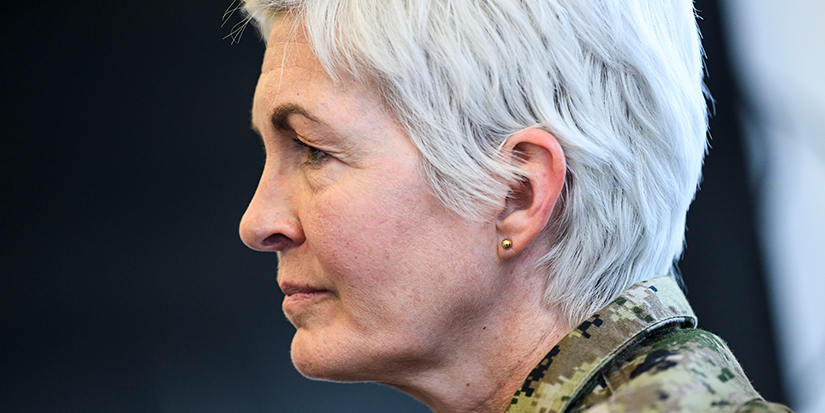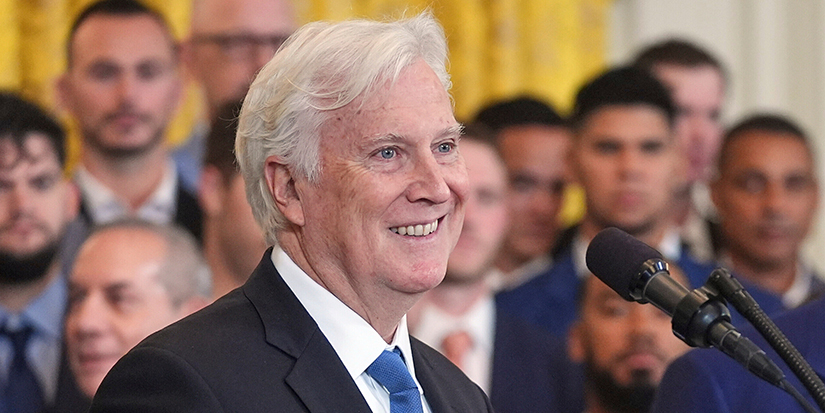Latest News
1867 – The Dominion of Canada was created on July 1

Published 11:08 PDT, Fri June 20, 2025
—
A federation of colonies in British North America—New Brunswick, Nova Scotia, Quebec, and Ontario—joined together to become the Dominion of Canada on July 1, 1867. The following provinces joined:
1870 – Manitoba, North West Territories
1871 – British Columbia
1873 – Prince Edward Island
1898 – Yukon Territories
1905 – Alberta, Saskatchewan
1949 – Newfoundland
The British North America Act provided the constitutional framework for our current federal system by defining areas of federal & provincial jurisdiction. Such national matters as defence, postal service, criminal law, and banks are under federal authority. Education, health, and natural resources are primarily among the provinces’ responsibilities.
In order to understand the purpose of the Legislative Assembly of British Columbia, a historical context of Canada’s constitution and governance is required. Canada, including all its provinces and territories, is a constitutional monarchy. According to the constitution, His Majesty King Charles III is the head of state of Canada, and the Governor General and Lieutenant Governors are his representatives nationally and provincially, respectively.
In practice, the Governor General and Lieutenant Governors usually act in accordance with the advice given them by their respective first minister—the Prime Minister or Premier—much as the King acts in accordance with the advice given to him by the Prime Minister of the United Kingdom. The constitution of a country or province outlines the basic rules and principles for how that country or province is governed and how its legislative, executive, and judicial bodies relate to each other and to its people.
The British North America Act (today known as the Constitution Act, 1867) created Canada. June 20, 1868: Governor General Lord Monck signed a proclamation that requests all subjects across Canada celebrate July 1.































